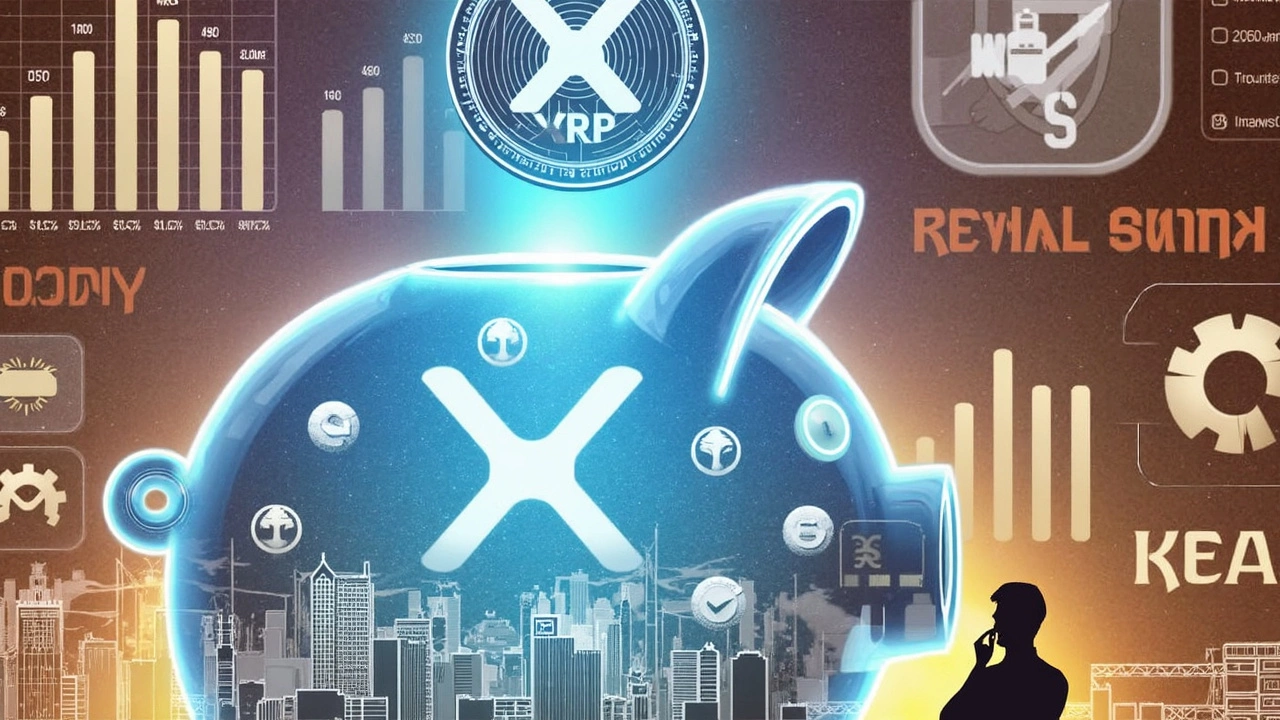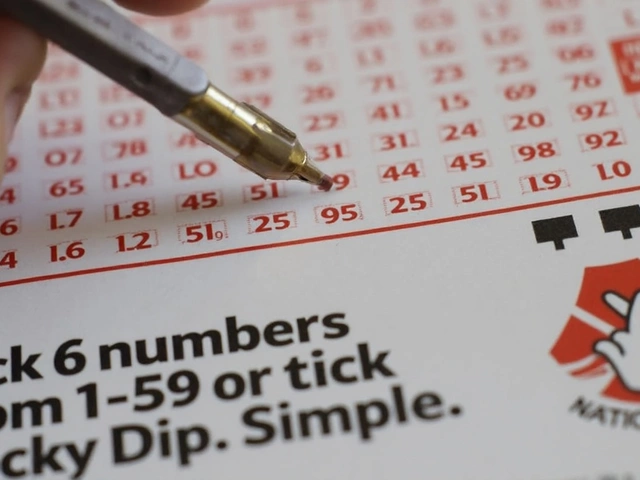Cross‑Border Payments Explained: What You Need to Know
If you’ve ever tried to send cash to a friend abroad or pay a supplier in another country, you’ve dealt with cross‑border payments. It sounds complicated, but the basics are simple: move money from one currency to another and get it to the right bank. In this guide we walk through the steps, the hidden fees, and the tools that make the process smoother.
How a Cross‑Border Transfer Actually Works
First, your bank or payment provider converts your money into the destination currency. That conversion uses an exchange rate, which can be the mid‑market rate or a rate marked up by a few percent. Next, the provider routes the funds through a network of banks, payment rails, or fintech platforms. The network decides the fastest and cheapest path, often using services like SWIFT, SEPA, or newer blockchain bridges.
When the money reaches the destination bank, the recipient sees the amount in their local currency. The whole journey can take anywhere from a few seconds to several business days, depending on the method you chose and the countries involved.
Tips to Keep Costs Low and Speed High
1. Compare exchange rates. A provider that advertises ‘no fees’ might hide a poor rate. Use a simple calculator to see the total cost.
2. Choose the right corridor. Some country pairs have dedicated lanes with lower fees. For example, transfers between the US and the UK are usually cheap, while moving money to emerging markets can be pricier.
3. Use fintech apps. Services like Wise, Revolut, or PayPal’s Xoom often beat traditional banks on price and speed. They also give you a transparent view of fees before you confirm.
4. Watch out for hidden charges. The sending bank, the receiving bank, and intermediary banks can each add a small fee. A detailed receipt will list all of them.
5. Plan for regulation. Some countries require documentation for large transfers. Having a clear invoice or purpose of payment ready will prevent delays.
Besides cost, security matters. Stick to regulated providers, enable two‑factor authentication, and verify the recipient’s details twice. A typo in an IBAN can send your money to the wrong account, and getting it back is a hassle.
Ultimately, the best approach depends on how much you’re sending and how fast you need it. For small, everyday payments, a fintech app is usually the quickest and cheapest. For big business transactions, you might need a specialized FX broker that offers hedging tools to lock in rates.
Cross‑border payments are no longer a niche service for big corporations. With the right knowledge and a few smart tools, anyone can move money around the globe safely and affordably.

XRP's potential role in global financial systems could make holding 1,000 XRP a game-changer for investors. Pundits point to its uses in cross-border payments and partnerships with major institutions. Predictions of price surges to $10 or beyond are tempered by risks like market volatility and legal issues. Experts advise self-custody and strategic holding, as XRP's financial impact continues to grow globally.
Continue Reading





